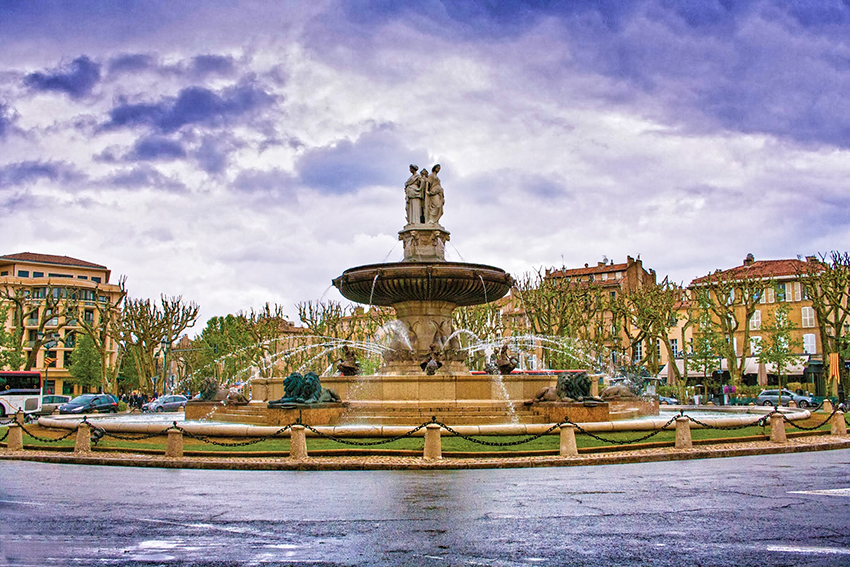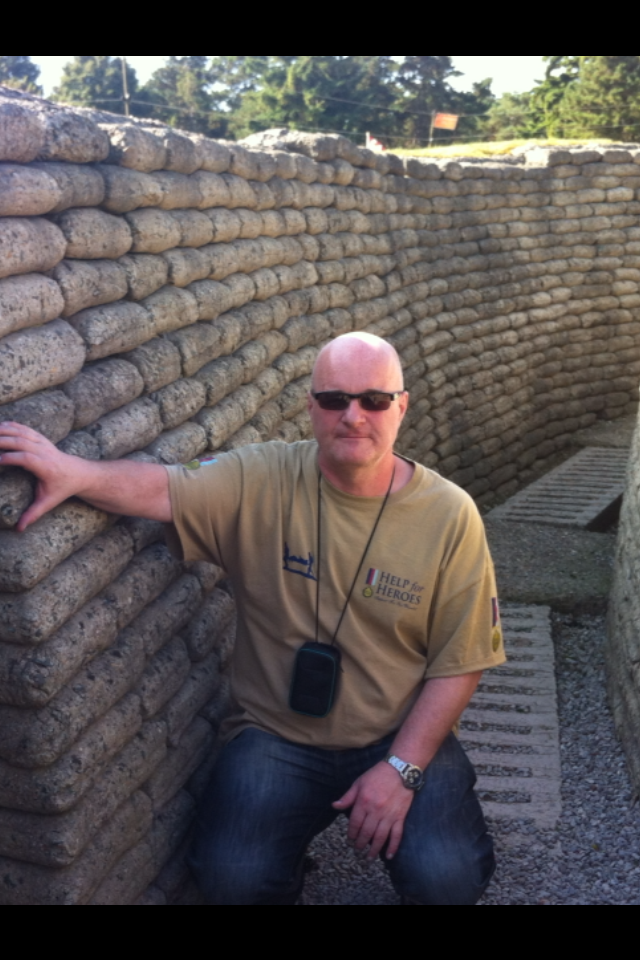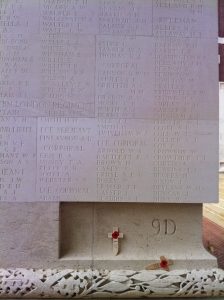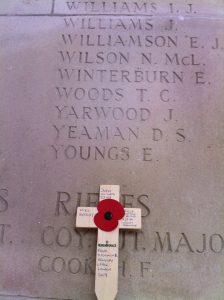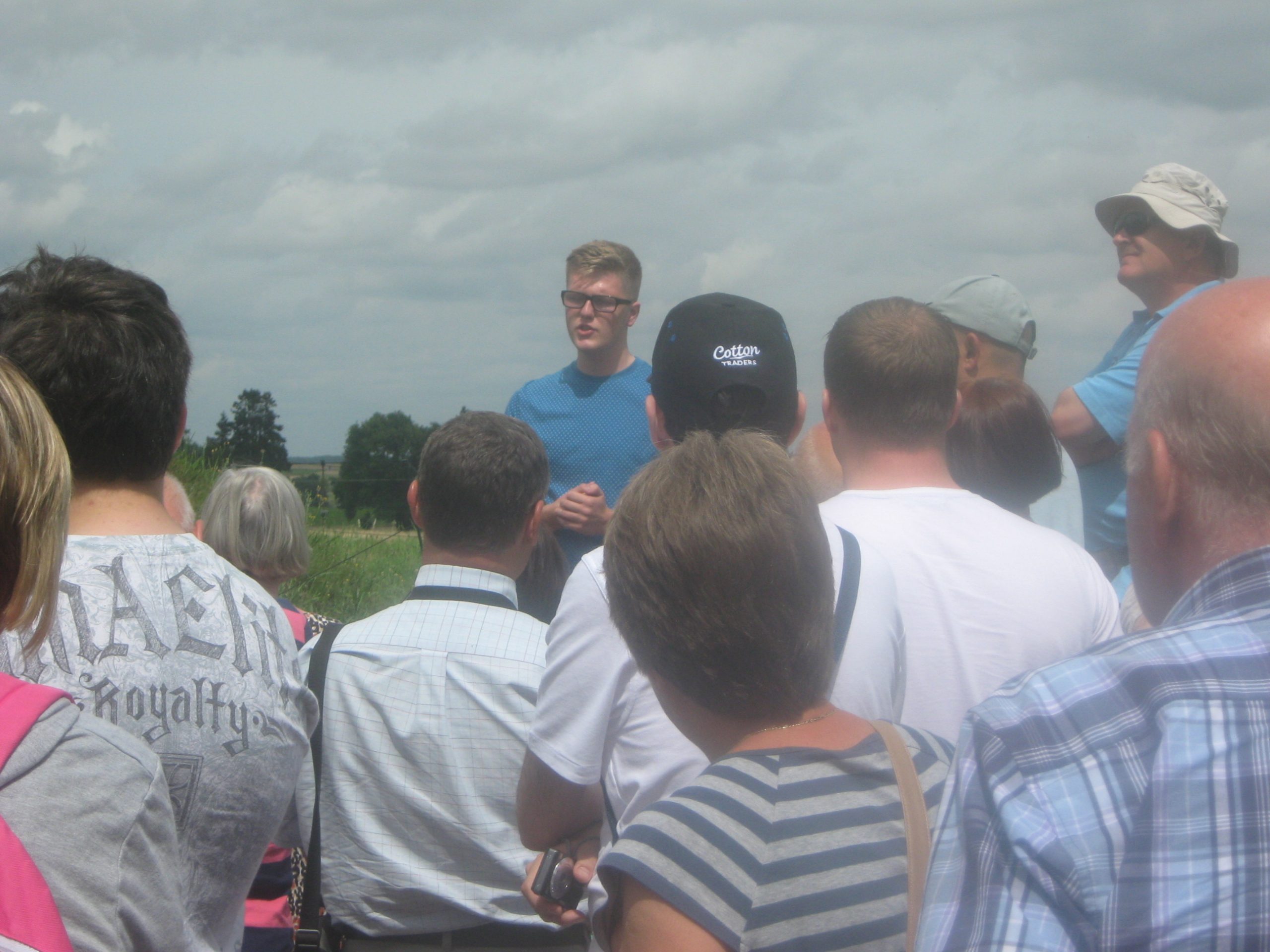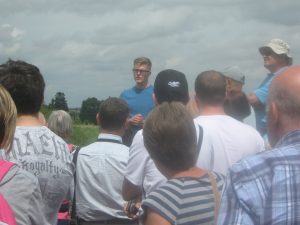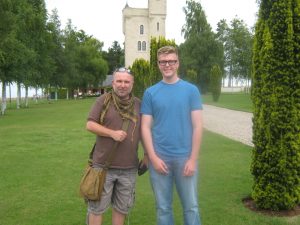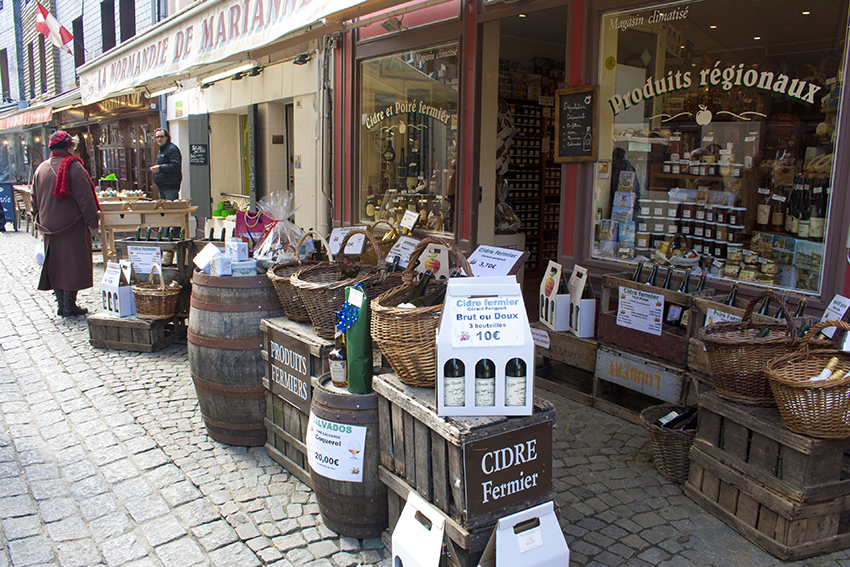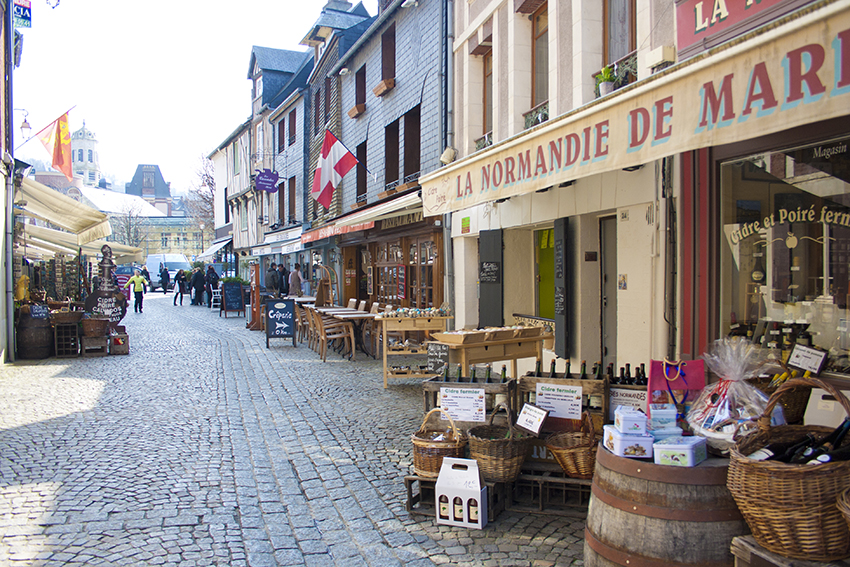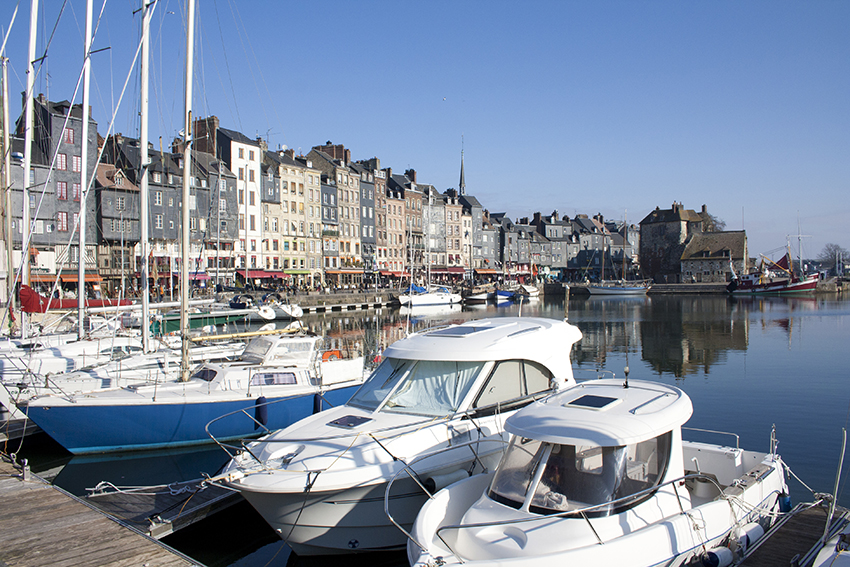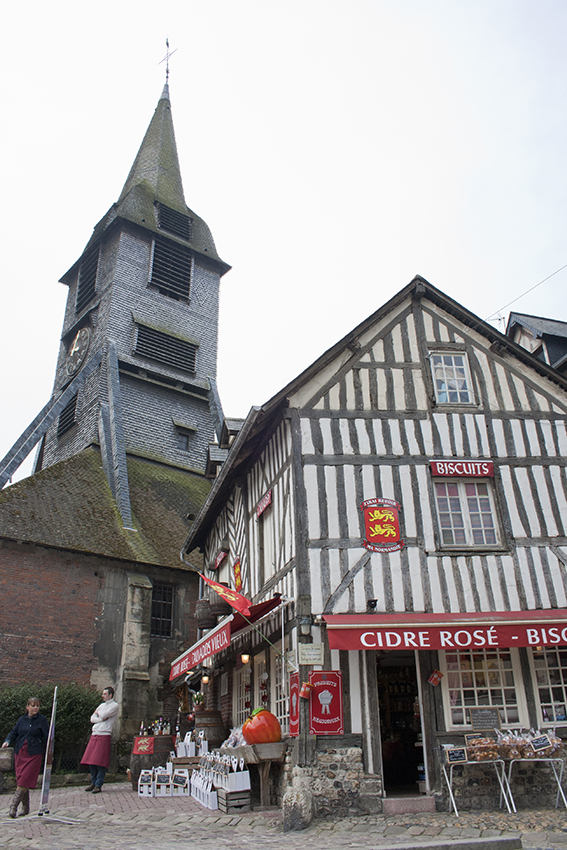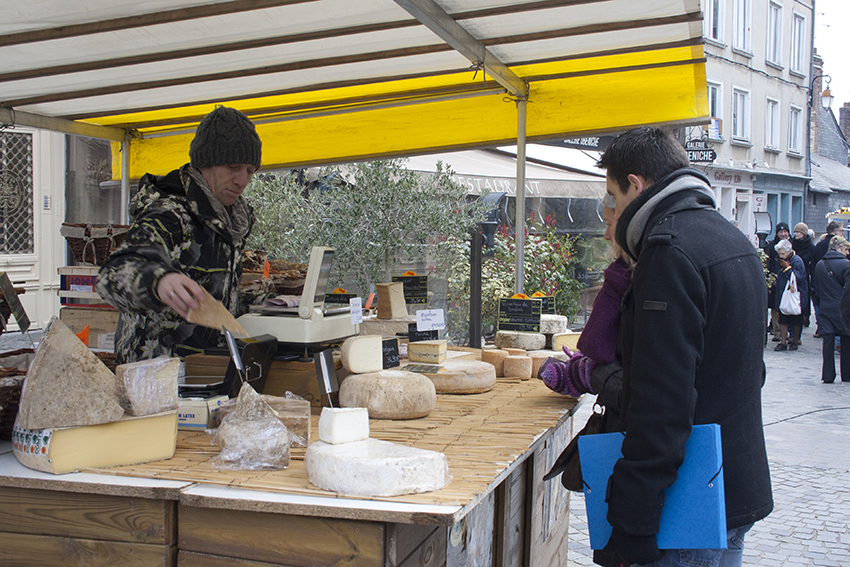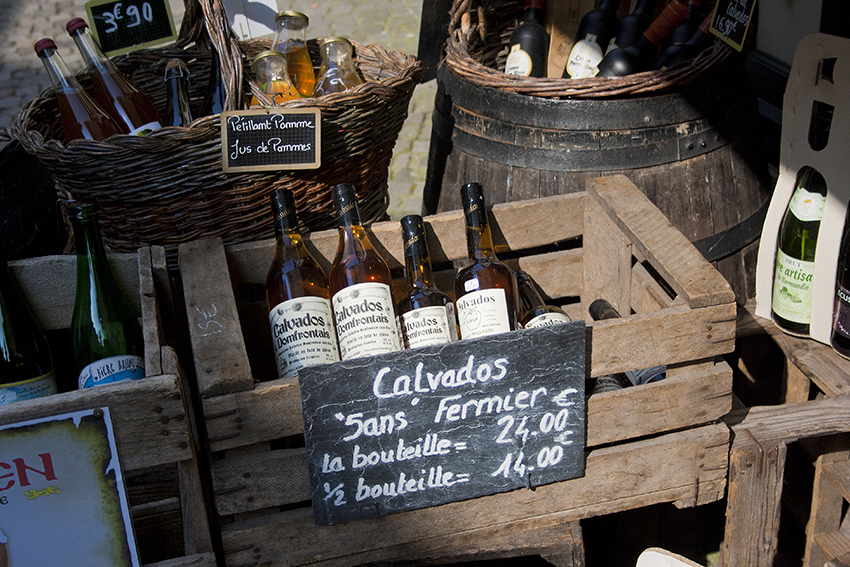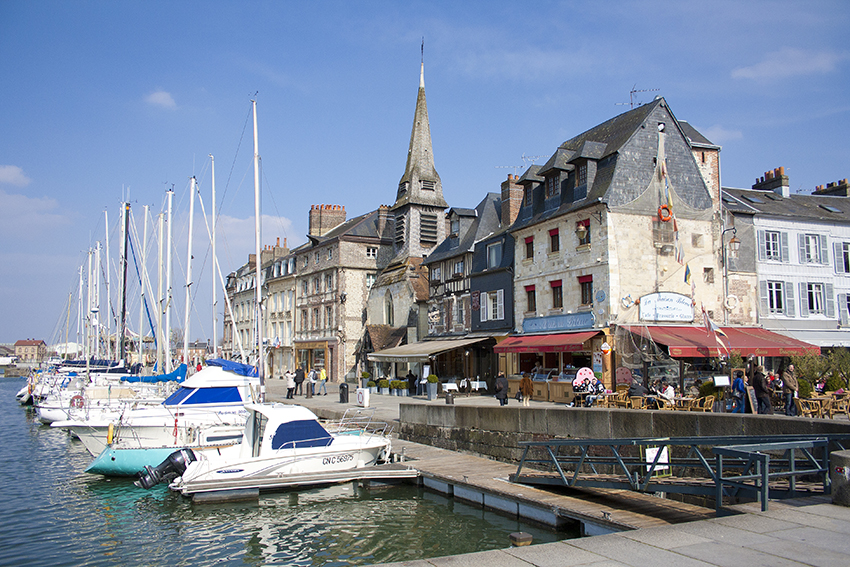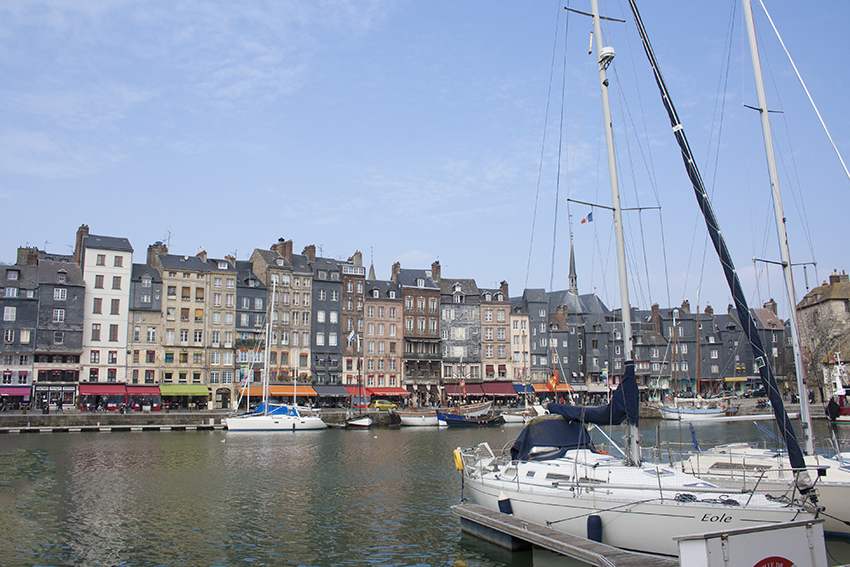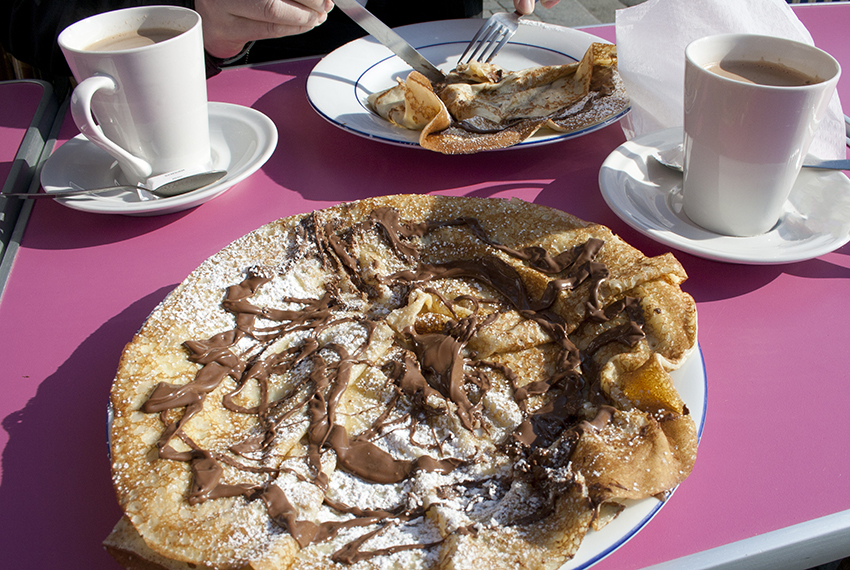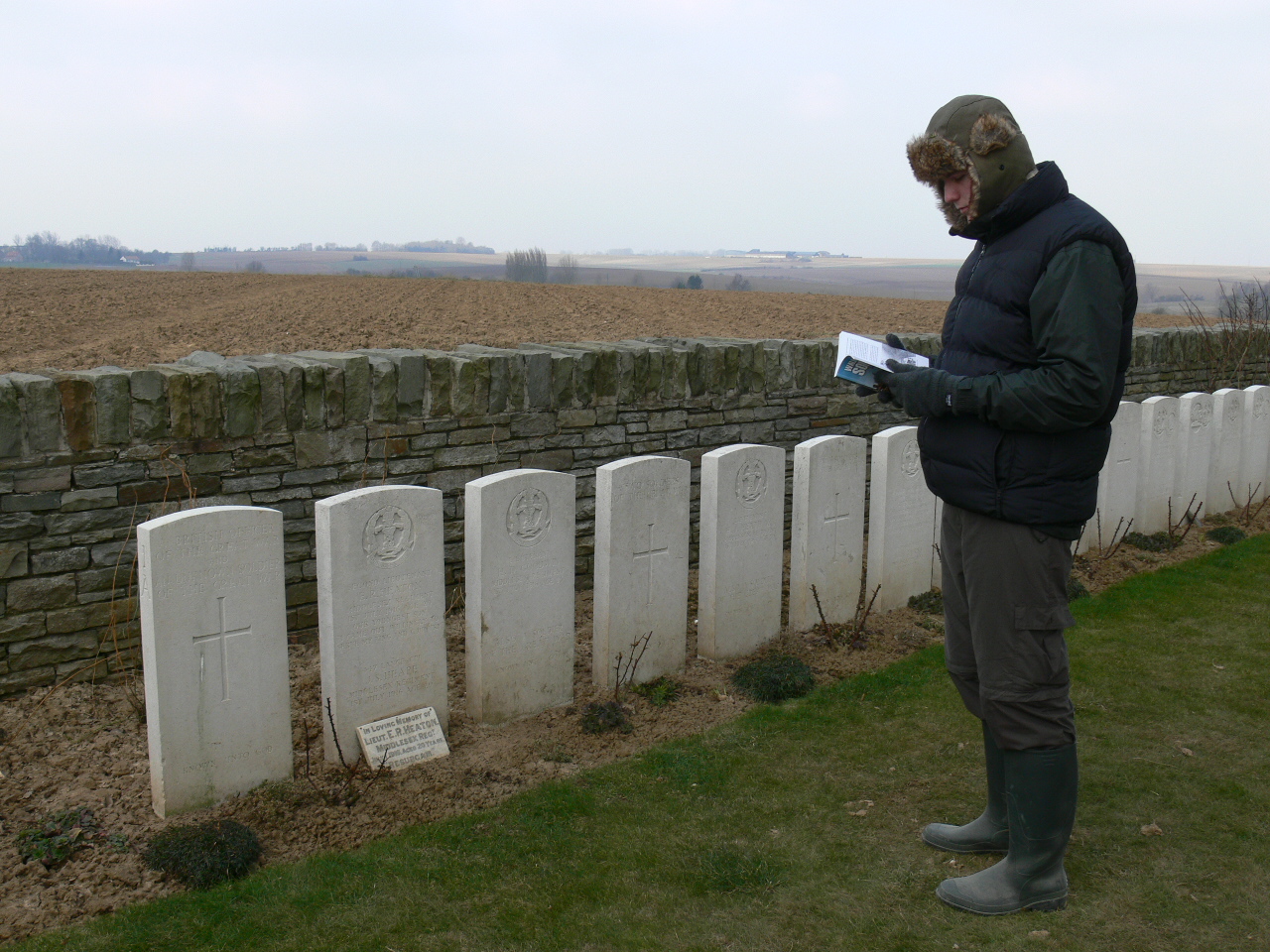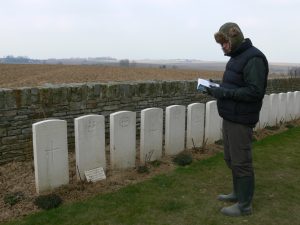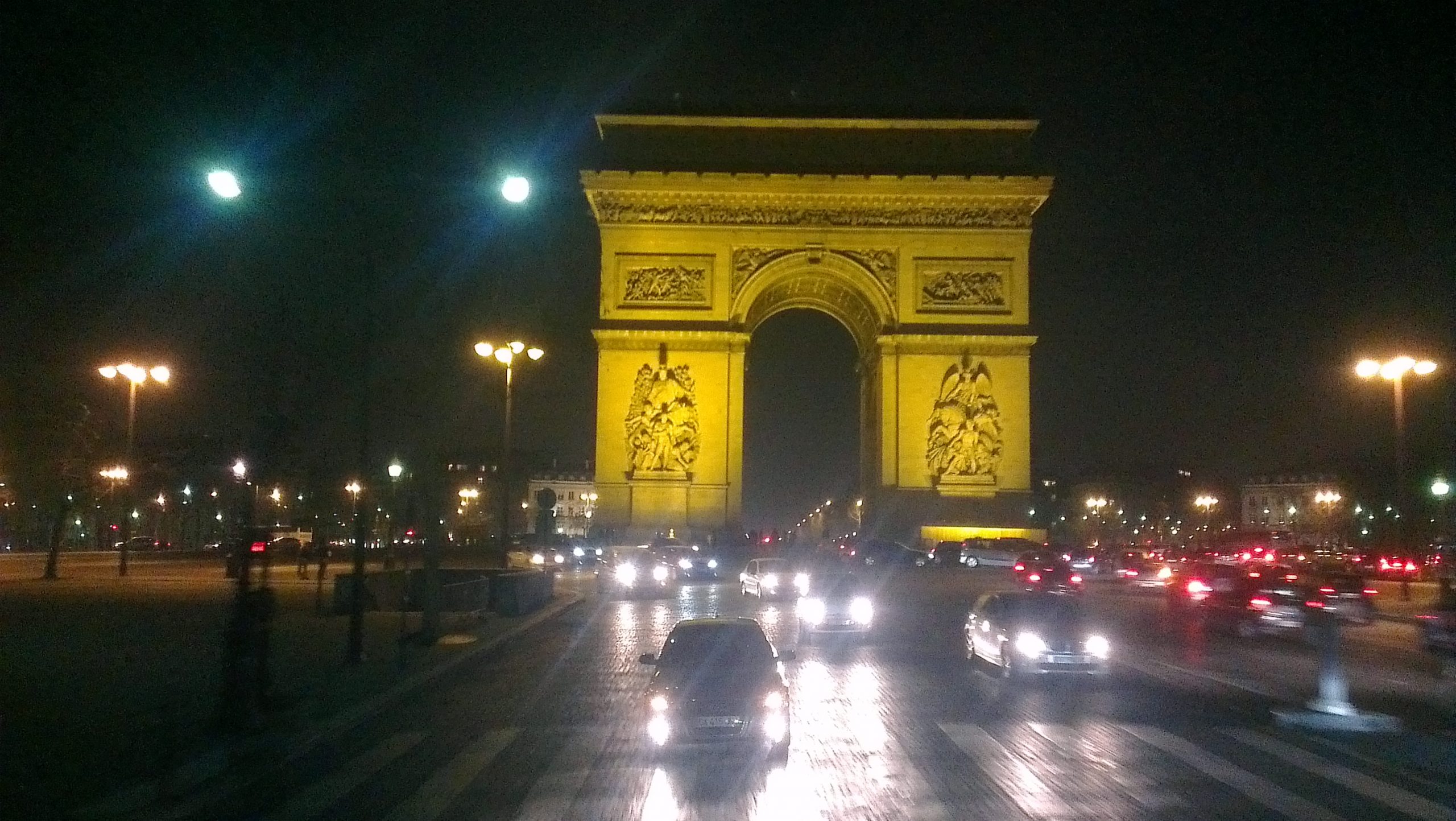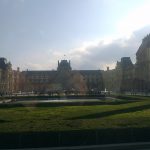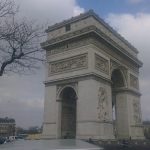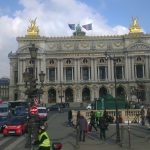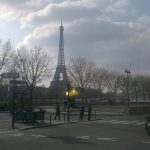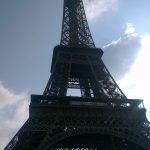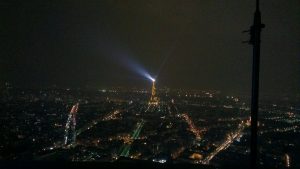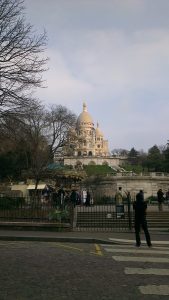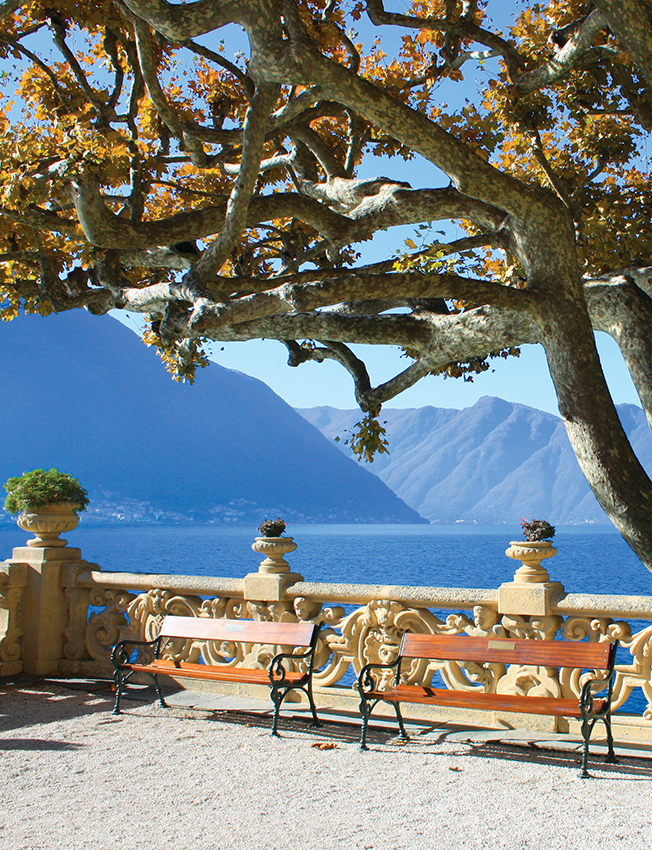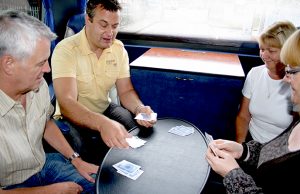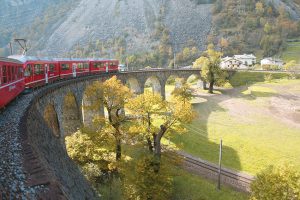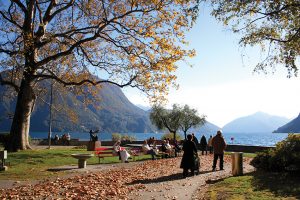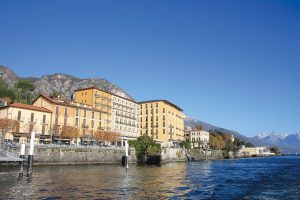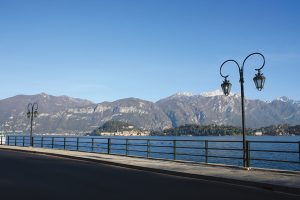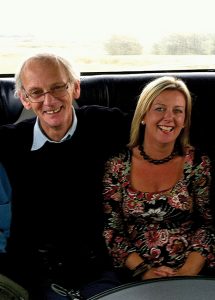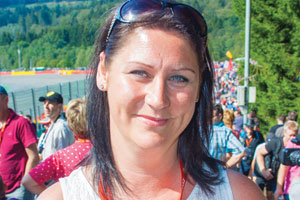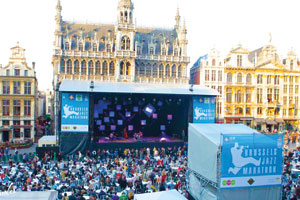Known for its many fountains, famous artists and impressive architecture, next stop on my tour of Provence and the Dordogne was the charming town of Aix en Provence.
It was raining heavily as I stepped onto the streets of Aix en Provence, a town no stranger to water being known as the ‘City of a Thousand Fountains’, the water coming from the city’s underground springs. One of the first things I saw was… a fountain: the fountain of La Rotonde to be exact, built in 1860, and a sight I spotted on many postcards throughout my visit. As I walked along the street, following my map in the direction of a street named ‘Cours Mirabeau’, people dashed around shielding from the weather under brightly-coloured umbrellas or were sheltering in doorways or in the haven of one of the cosy cafés. I passed one old lady wearing a carrier bag on her head – stylishly, of course, it was the south of France afterall. She’d obviously not anticipated such a heavy downpour today.
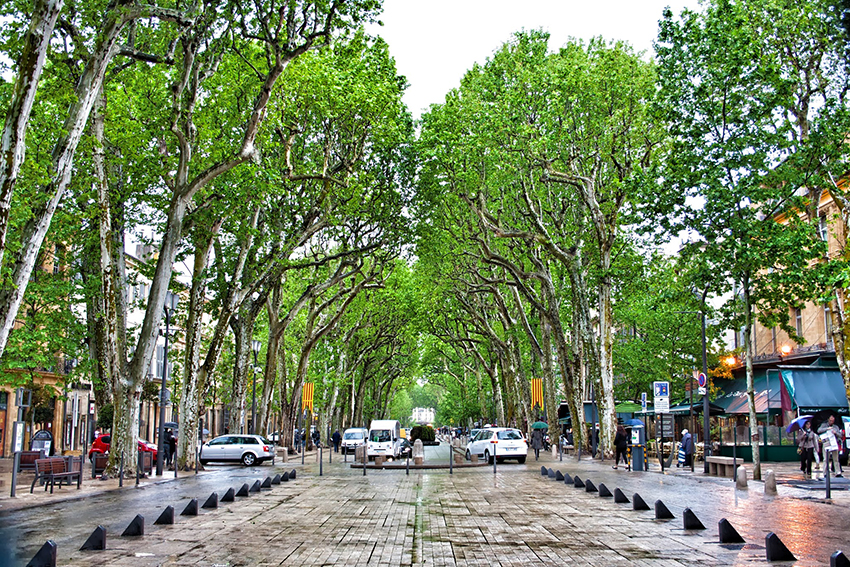
After a couple of minutes I reached the wide avenue of Cours Mirabeau. One the right-hand side, banks and other businesses filled the old buildings, while to my left, inviting cafés, book stores and gift shops lined the street. Continuing along, I came across one of Aix’s thousand fountains: a moss-covered font known as the Fontaine des Neuf Canons (the Fountain of the Nine Cannons), apparently located on the site of a spring where sheep were once brought to drink while migrating. Further along, I spotted another mass of thick, green moss hiding another fountain known as the ‘mossy fountain’ – the Fontaine Moussue, a thermal fountain whose water comes from a hot natural spring.
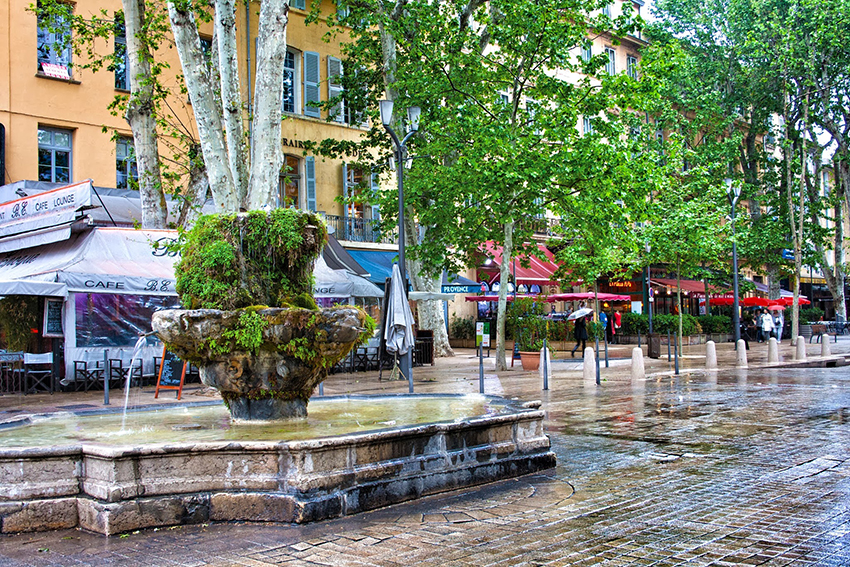
The reflection of car headlights danced across the wet, glossy pavement as I carried on along the avenue, framed by huge sycamore trees (or plane trees as they’re sometimes referred to), and there on the left was a café called Les Deux Garçons. I’d read about this place before my trip, and knew it as the legendary brasserie frequented by the likes of Edith Piaf, Ernest Hemmingway, Winston Churchill, Paul Cézanne and his friend, novelist Émile Zola. It was in fact here in Aix en Provence that the great painter Paul Cézanne was born in 1839. It was a name I remembered from my Art History studies, many years ago, and as I walked along, on the pavements I noticed small brass medallions underfoot which displayed his name and a large letter ‘C’. These plaques mark around 30 significant places associated with the painter’s life, making up the ‘Cézanne Trail’ which starts at the bronze statue of Cézanne standing just outside the Tourist Office and opposite the Fontaine de la Rotonde. The statue was put there in 2006 marking the centenary of the artist’s death. The trail features sites such as the College Mignet (then known as Bourbon College) which is where Cézanne met Zola; the building where Cézanne was born and, of course, the Café des Deux Garçons at No. 53 Cours Mirabeau.
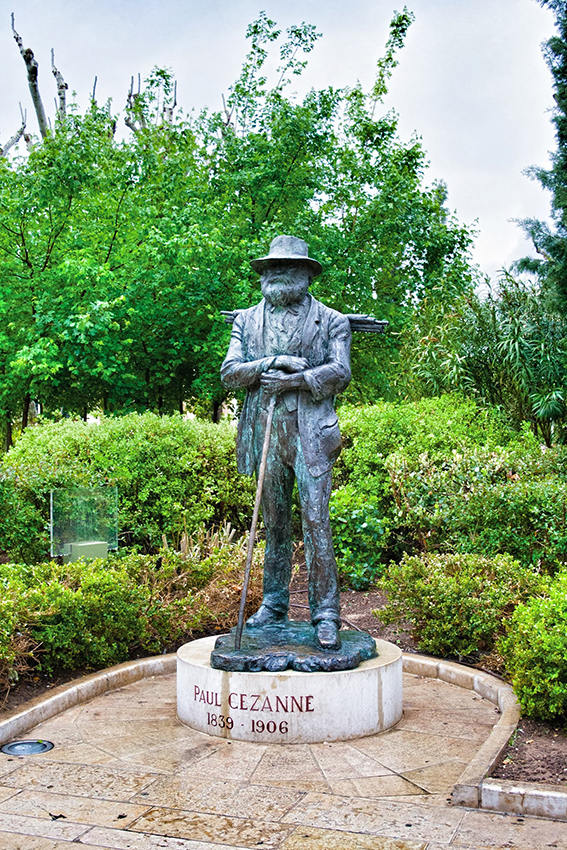
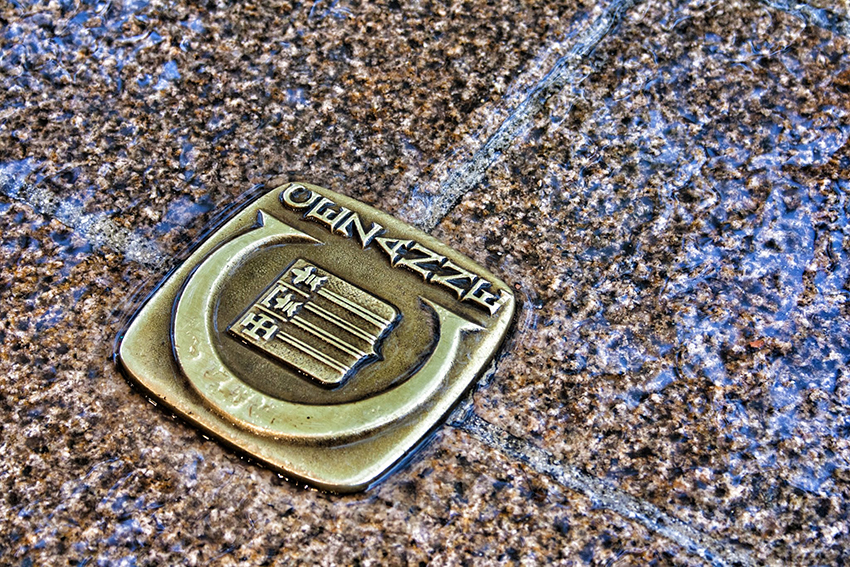
Splashing through puddles my feet became more and more soggy as I became more and more engrossed in what I was seeing than where my feet were stepping. By now the rain was dripping off my hood and past my eyes, so I sheltered under a tree for a couple of minutes. The vivid colours of a nearby fruit stall caught my eye, standing out against its grey surroundings as brightly as the fruit in one of Cézanne’s still life paintings. To my left, the warm light of the boulangerie looked extremely inviting – the seductive smells coming from the place and the food I could see through the window reminded me it was almost lunch time.
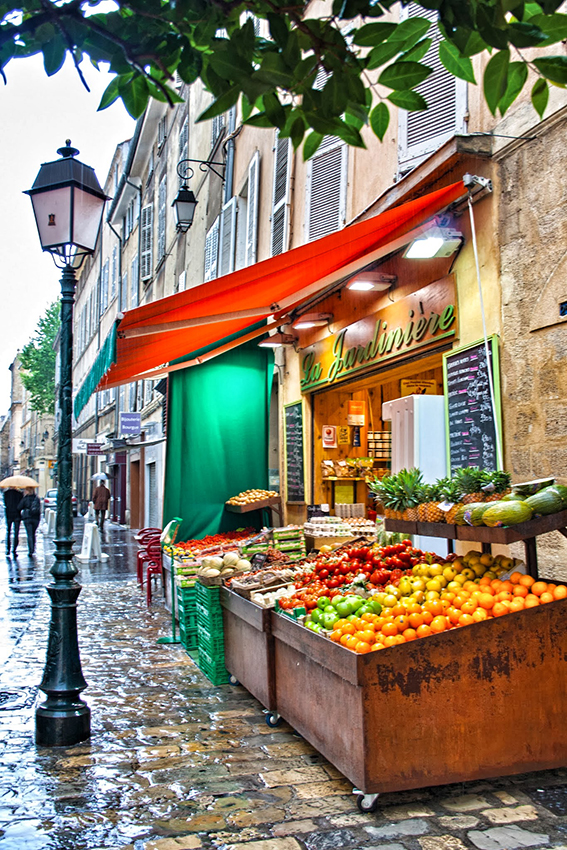
By the time I’d refuelled it had stopped raining – just in time for our departure from the city. The huge curtain of grey sky was drawing back, making way for a canvas of bright blue dotted with fluffy white clouds. I headed back along Cours Mirabeau, once again past its splashing fountains and towering sycamore trees, and the bar that no doubt held so many interesting stories from its past visitors. It was time to say ‘au revoir’ to Cézanne’s hometown.
Want to know more about Leger’s Highlights of Provence and the Dordogne tour? Click here.
Have you visited Aix en Provence? Share your stories and comments with us.

